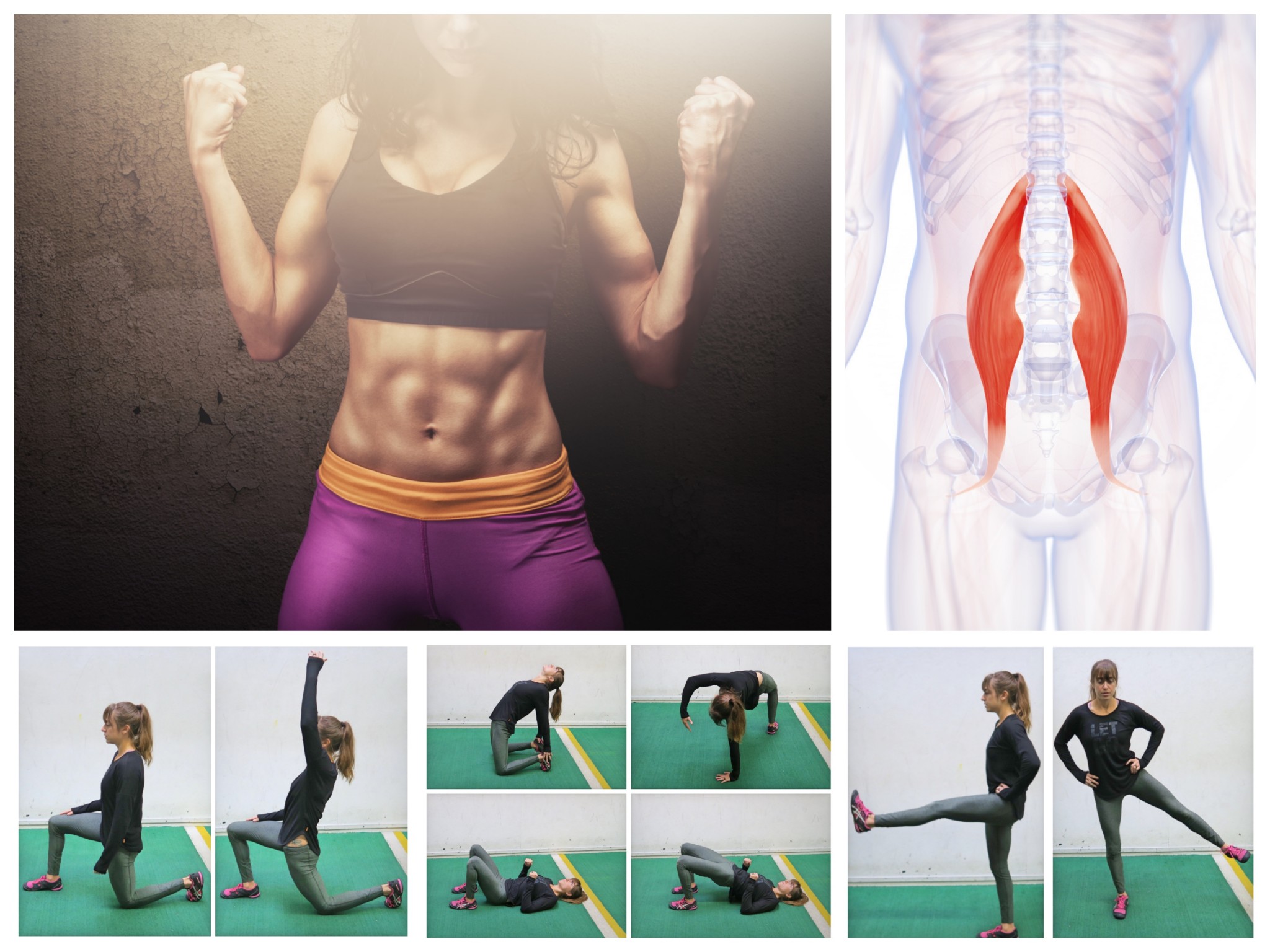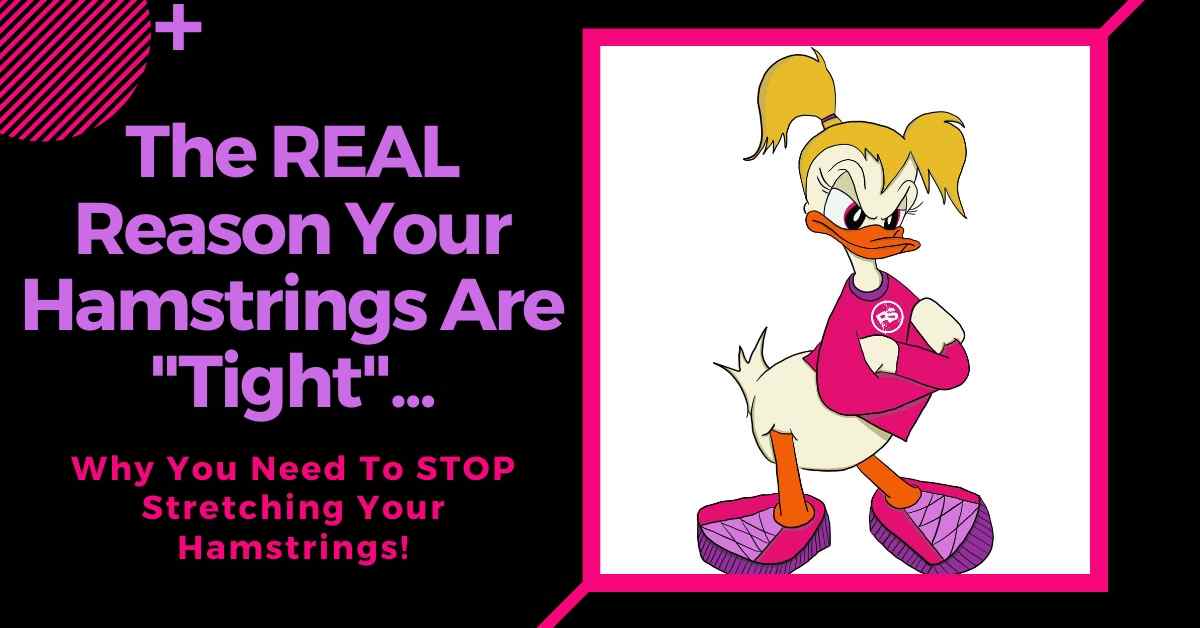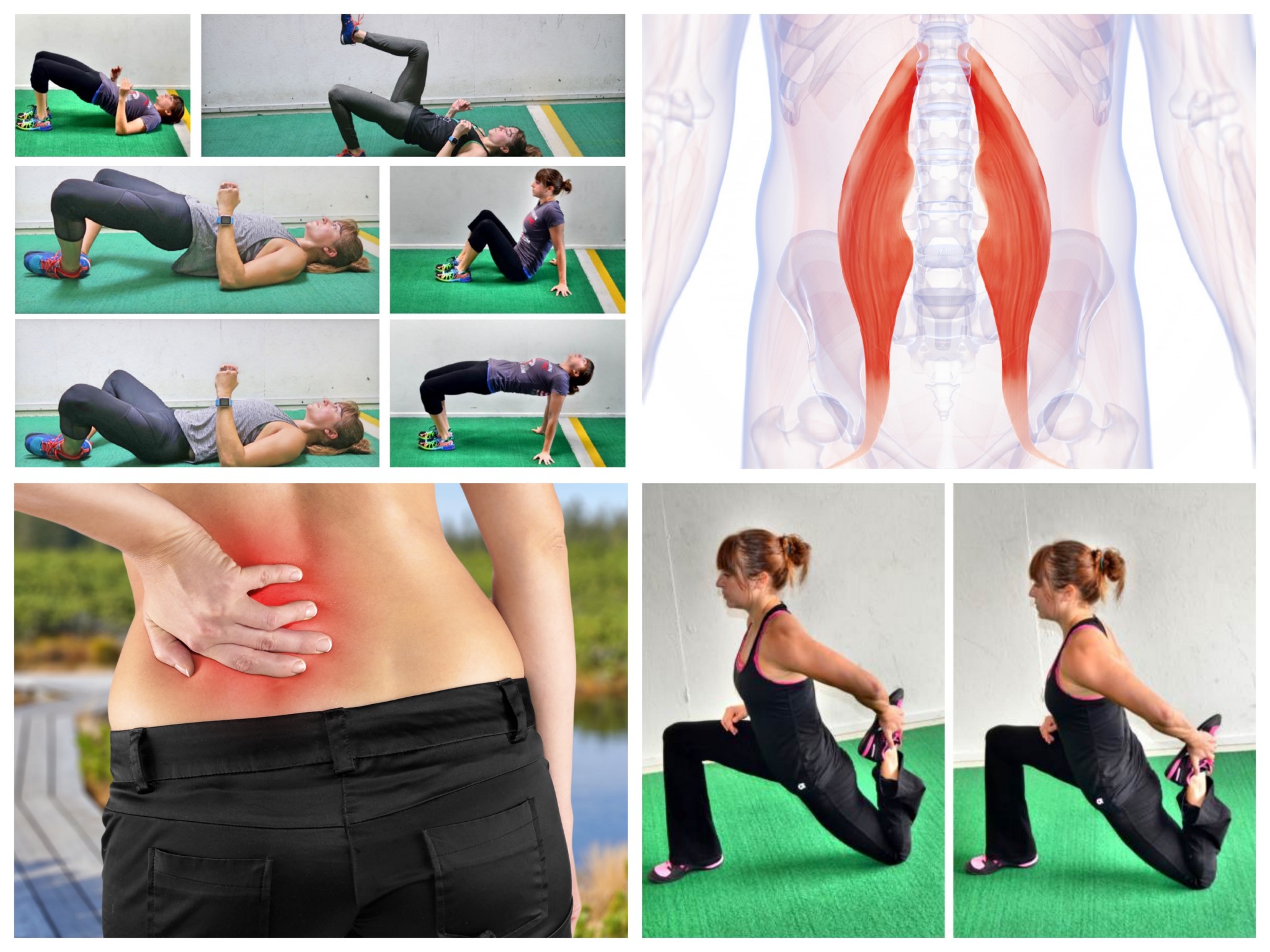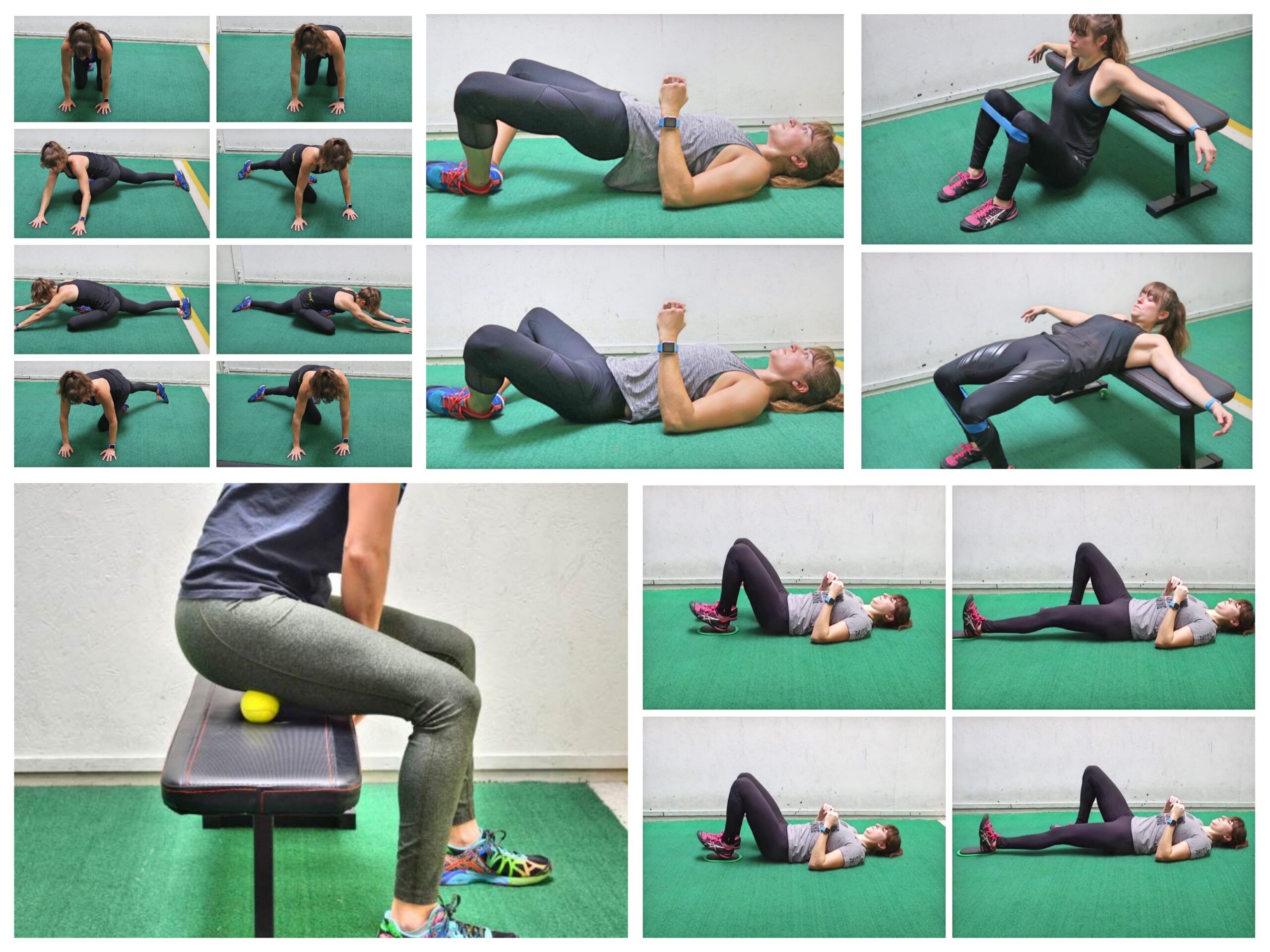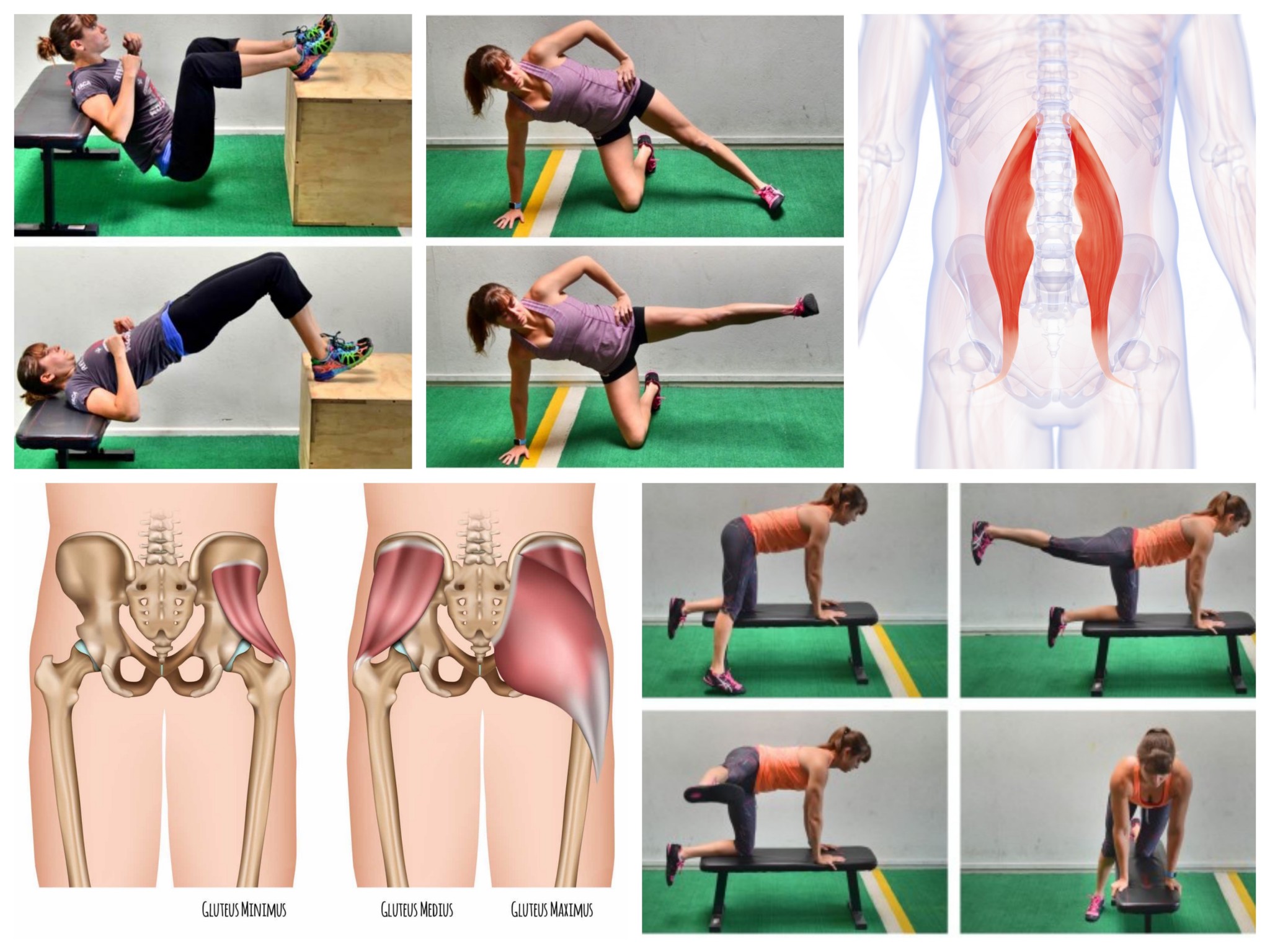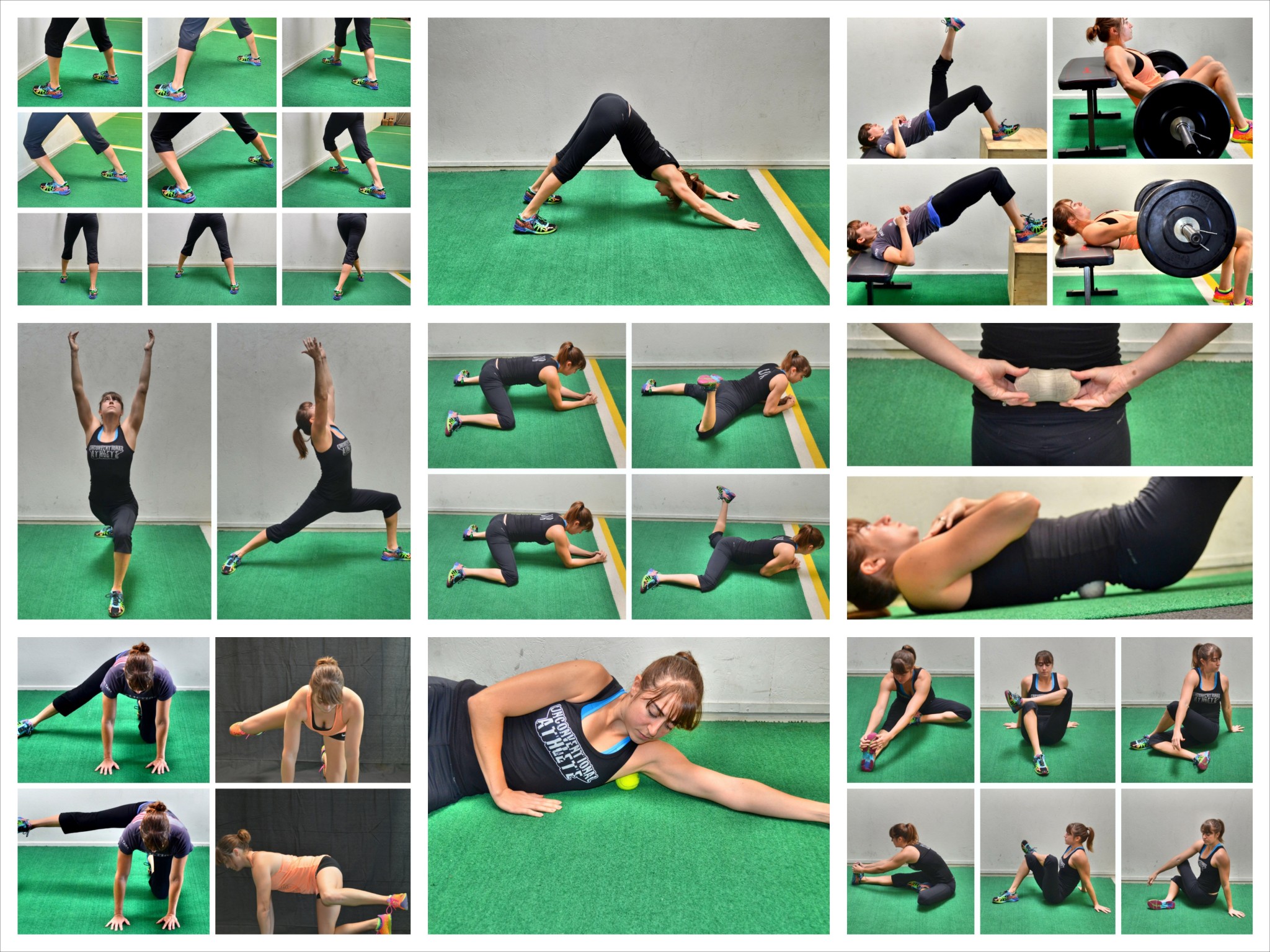We've all know that we sit too much during the day and that...
filed in: Results for "unlock your hips"
Search Results
Unlock More Pushups With 3 Tips
Push-ups aren’t just hard. They’re deceptively hard. Because what looks like a simple...
How to Unlock TIGHT HIPS (With 6 Exercises)
Are you one of the many people out there struggling with tight hips or hip pain? ...
Can’t Touch Your Toes? STOP STRETCHING! The REAL Reason Your Hamstrings Are Tight!
Wish you could touch your toes? Feel like your hamstrings are always tight? What if I...
Lower Back Pain? It’s Not Your Lower Back’s Fault!
“My low back hurts…How do I strengthen it?” But what if strengthening it isn’t really...
15 Moves To Improve Your Hip Mobility
Mobility is not the same as flexibility. Nor is it the same as stability. But for true...
It’s Not Your Lower Back’s Fault
“My low back hurts…How do I strengthen it?” But what if strengthening it isn’t really...
How To Activate Your Glutes Before You Workout
So you want a sexy, strong butt...because let's face it...who doesn't!?! Whether you...
Relieve Your Low Back And Hip Pain With These Moves
Low back and hip pain are common problems especially for anyone with a desk job....
